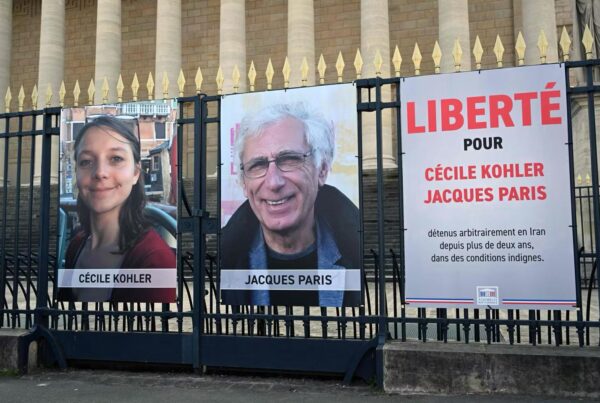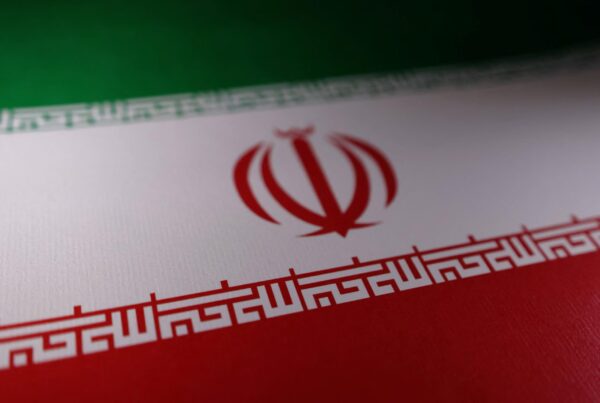Air pollution in New Delhi has reached hazardous levels following the Diwali celebrations, marking one of the city’s worst smog episodes this year. The toxic haze, triggered by a combination of massive fireworks displays and ongoing industrial emissions, has pushed air quality indices well beyond safe limits.
Residents woke up to a thick layer of smog blanketing the capital, with visibility drastically reduced in many areas. Monitoring data from India’s Central Pollution Control Board (CPCB) recorded the Air Quality Index (AQI) above 450 in several districts classified as “severe” and unsafe for all age groups.
Health experts have warned that such levels of air pollution could lead to an immediate increase in respiratory illnesses, particularly among children, the elderly, and those with pre-existing lung conditions.
The Post-Diwali Pollution Surge
Every year, New Delhi faces a recurring environmental crisis after Diwali, India’s festival of lights. Despite government campaigns urging citizens to avoid fireworks, celebrations this year saw widespread use of firecrackers across the city and its surrounding regions. The combination of dense smoke, stagnant wind patterns, and ongoing industrial activities has created a toxic atmospheric cocktail.
Environmental scientists explain that during this period, cooler temperatures and low wind speeds prevent pollutants from dispersing. Instead, they accumulate close to the ground, intensifying the smog effect. The situation has been compounded by emissions from coal-based power plants and construction dust in the National Capital Region (NCR).
Government Response and Emergency Measures
Authorities have begun implementing emergency protocols to address the worsening air quality. Schools in New Delhi and neighboring districts have been ordered to close temporarily, while construction activities have been halted to minimize further dust emissions.
The Delhi government has also activated the Graded Response Action Plan (GRAP), a multi-tier system designed to curb pollution spikes. Measures include restrictions on heavy vehicle movement, bans on diesel generators, and advisories urging residents to stay indoors.
However, environmental groups have criticized the response as reactive rather than preventive. They argue that without stricter enforcement of firework bans and long-term emissions control, such crises will continue to recur annually.
Health and Economic Impacts of Air Pollution
The health consequences of sustained air pollution are profound. Hospitals in Delhi have already reported an uptick in cases of asthma, bronchitis, and eye irritation. Doctors warn that prolonged exposure to hazardous air can also lead to cardiovascular diseases and long-term neurological effects.
Economically, the smog has disrupted transportation and reduced worker productivity. Flight operations at Indira Gandhi International Airport faced delays due to low visibility, while road traffic across the city moved at a crawl. According to analysts, the air pollution crisis could cost the capital millions of dollars in lost output and healthcare expenditures.
Voices from the Ground
Local residents expressed frustration at the recurring problem. “We celebrate Diwali with joy, but the next morning feels like a punishment,” said Ananya Sharma, a teacher from South Delhi. “The air is so thick you can taste it.”
Taxi drivers and delivery workers have also voiced concern. “We can’t stop working, but breathing feels painful,” said Ramesh Kumar, a ride-hailing driver. “It’s like smoking ten cigarettes a day.”
The Broader Challenge of Urban Pollution in India
Air pollution is not confined to New Delhi. Across India, major cities like Mumbai, Kolkata, and Lucknow are grappling with similar challenges. Rapid urbanization, heavy traffic, coal-based energy dependence, and lax enforcement of environmental laws contribute to a persistent national crisis.
In response, India has pledged to transition toward cleaner energy sources and stricter vehicle emission norms. However, experts emphasize that meaningful change will require both systemic reforms and public cooperation.
Environmental Initiatives and Long-Term Solutions
To combat recurring pollution, environmental groups are urging the government to invest more heavily in green infrastructure and renewable energy. Initiatives such as electric public transport, expanded green belts, and stricter industrial regulation could gradually reduce the capital’s dependence on fossil fuels.
Moreover, community education campaigns play a vital role. Encouraging residents to adopt eco-friendly Diwali practices, such as LED lighting and soundless fireworks, could significantly reduce annual pollution peaks.
A Persistent Urban Crisis
Despite years of awareness campaigns, New Delhi’s air pollution remains among the worst in the world. The recurring post-Diwali smog serves as a reminder of the delicate balance between cultural tradition and environmental responsibility.
Without decisive action, the city risks normalizing conditions that threaten both public health and economic vitality. For residents of New Delhi, breathing clean air has become not just a hope but a demand for survival.
As global attention turns once again to India’s capital, the question remains: will this year’s crisis finally spark the political will needed for lasting change?




